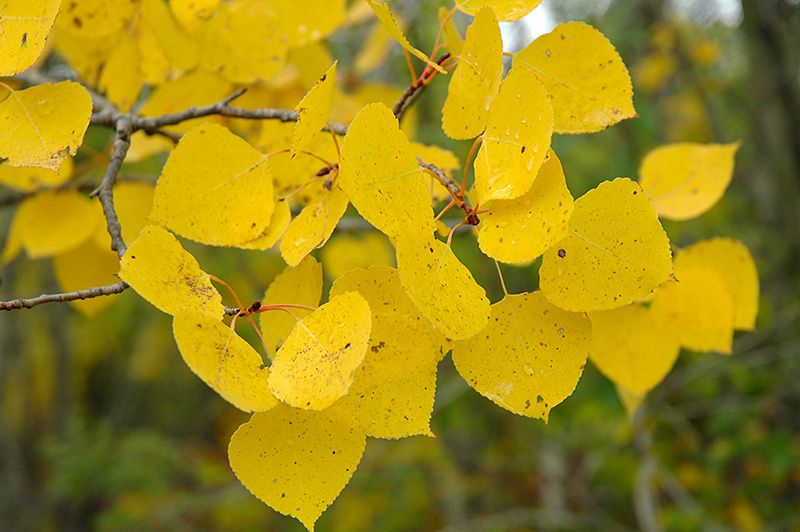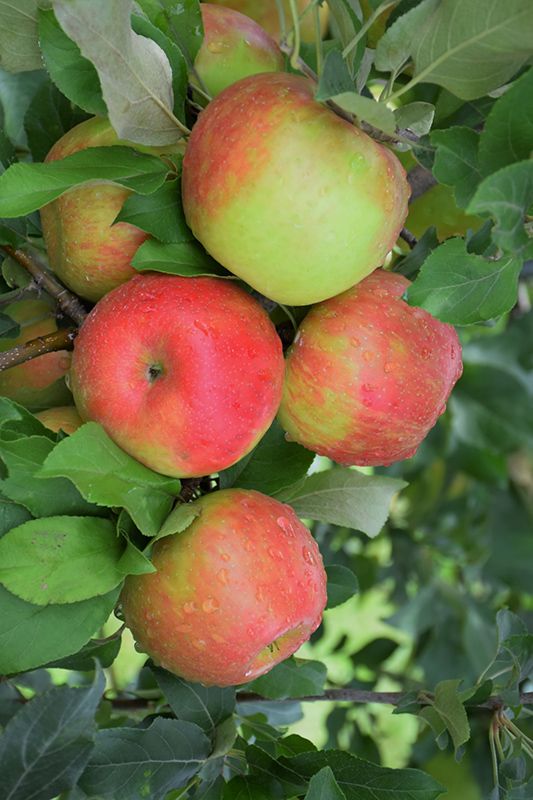Quercus, Northern Pin Oak 'First Editions® Majestic Skies™' (Large)


- Sun Preference
- Full-Sun, Part-Sun
As low as $309.00
Description
A selection featuring thicker, darker green leaves and straighter form with more uniform branching. Consistent, red fall color.
Minnesota's Largest Selection of Trees
At Minnesota's Destination Garden Center, we offer a diverse range of trees to suit any landscaping need. Whether you're looking for shade trees to cool your home or ornamental trees to add beauty and interest, you'll find the perfect tree at Gertens. Our knowledgeable staff can help you select the right tree for your space and provide tips for care and maintenance. Visit Gertens today and explore the unmatched variety of trees to enhance your outdoor environment!
Details
First Editions® Majestic Skies™ Northern Pin Oak | Quercus ellipsoidalis 'Bailskies'
Height: 60 feet
Spread: 45 feet
Sunlight: Full Sun to Partial Shade
Hardiness Zone: 3a
Other Names: Hill's Oak
Description:
An attractive shade tree with a pyramidal-oval habit of growth, pointy leaves and excellent rich red fall color; this variety produces straighter branching, substantial foliage and a more symmetrical shape; a great shade tree choice
Ornamental Features
First Editions® Majestic Skies™ Northern Pin Oak has dark green deciduous foliage which emerges brick red in spring on a tree with an oval habit of growth. The glossy lobed leaves turn an outstanding red in the fall. However, the fruit can be messy in the landscape and may require occasional clean-up. The furrowed gray bark and silver branches add an interesting dimension to the landscape.
Landscape Attributes
First Editions® Majestic Skies™ Northern Pin Oak is a deciduous tree with a shapely oval form. Its average texture blends into the landscape, but can be balanced by one or two finer or coarser trees or shrubs for an effective composition.
This tree will require occasional maintenance and upkeep, and is best pruned in late winter once the threat of extreme cold has passed. It is a good choice for attracting squirrels to your yard. Gardeners should be aware of the following characteristic(s) that may warrant special consideration;
- Messy
First Editions® Majestic Skies™ Northern Pin Oak is recommended for the following landscape applications;
- Shade
Planting & Growing
First Editions® Majestic Skies™ Northern Pin Oak will grow to be about 60 feet tall at maturity, with a spread of 45 feet. It has a high canopy of foliage that sits well above the ground, and should not be planted underneath power lines. As it matures, the lower branches of this tree can be strategically removed to create a high enough canopy to support unobstructed human traffic underneath. It grows at a medium rate, and under ideal conditions can be expected to live to a ripe old age of 100 years or more; think of this as a heritage tree for future generations!
This tree does best in full sun to partial shade. It prefers to grow in average to moist conditions, and shouldn't be allowed to dry out. It is not particular as to soil type, but has a definite preference for acidic soils, and is subject to chlorosis (yellowing) of the foliage in alkaline soils. It is somewhat tolerant of urban pollution. This is a selection of a native North American species.
More Information
| Available for Pre-Order | No |
|---|---|
| Tree Type | Shade & Ornamental |
| Sun Preference | Full-Sun, Part-Sun |
| USDA Hardiness Zone | 3, 4, 5, 6 |
| Common Family Name | Oak |


